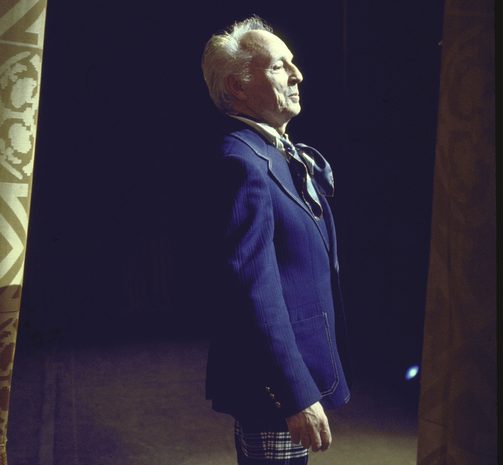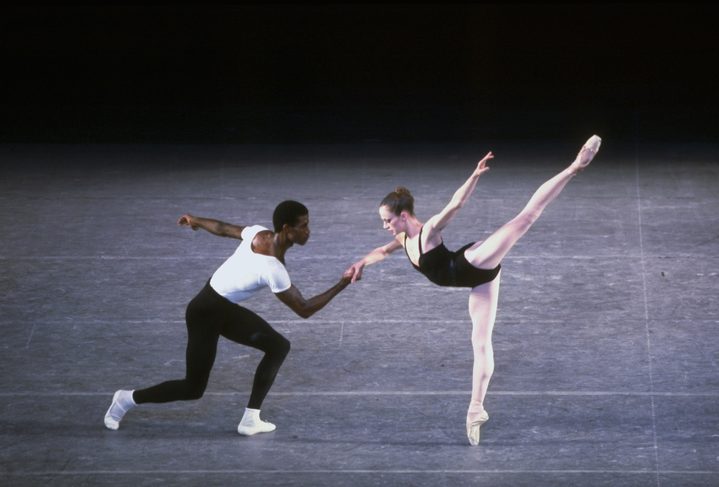424. Perséphone 1982
- Music
Igor Stravinsky (Mélodrame in three scenes for tenor, narrator, mixed chorus, children’s choir, and orchestra, commissioned by Ida Rubinstein, 1933). Text by André Gide
- Choreography
Staged by George Balanchine, John Taras, and Vera Zorina
- Production
Designed by Kermit Love
- Premiere
June 18, 1982, New York City Ballet, New York State Theater. Conductor: Robert Craft. Singers: Members of the New York City Opera chorus; Chorus Master: Lloyd Walser. The American Boychoir prepared by Brad Richmond and Robert Hobbs
- Cast
Perséphone (spoken), Vera Zorina; Eumolpus the Eleusinian Priest (tenor), Joseph Evans; Spirit of Perséphone, Karin von Aroldingen; Pluto, Mel Tomlinson; Mercury, Gen Horiuchi; Nymphs, 9 women; Shades of the Underworld, 9 women, 6 men
Performance Type
Staged Choral Work
Note
Presented by Balanchine on the one-hundredth anniversary of the composer’s birth as the last ballet of the Stravinsky Centennial Celebration, forty-nine years after its first production, which Stravinsky had hoped Balanchine would choreograph. Perséphone was originally presented by Ballets Ida Rubinstein in 1934, choreographed by Kurt Jooss and narrated by Ida Rubinstein. In the Balanchine staging, the costumed chorus was grouped on both sides of the stage, framing the action. Perséphone, abducted by Pluto, dwells in the underworld during Autumn and Winter, but is restored to earth each year to bless mankind in Spring and Summer. Gide’s text ends:
No spring can ever live again
Unless the seed beneath the ground
Consents to die, and wakens then
To make the future’s field abound.
(See FESTIVALS DIRECTED BY BALANCHINE.)
1983 (PBS, Great Performances/Dance in America, “Balanchine Celebrates Stravinsky”)




